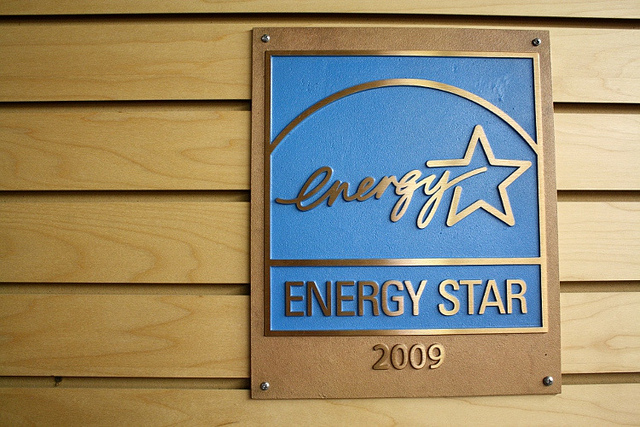Code Green Solutions


Faced with the definite energy price volatility, and the burst of urbanization that we will witness over the next two decades, a sense of urgency regarding energy efficiency is slowly beginning to creep into society. The study, Unlocking American Efficiency: The Economic and Commercial Power of Investing in Energy Efficient Buildings, from United Technologies and the Rhodium Group, analyzed the broad impacts of a 30% increase in US building efficiency by 2030.
The call for building energy efficiency stems from the understanding that as developing countries proceed to take great strides forward, their progress translates to increased energy intensive activity to build and power new lives in cities. The International Energy Agency foresees a 17% rise in energy prices by 2030. The effect of the United States’ unconventional oil and gas boom in lowering this impending spike in global energy prices is lost in the wake of the surging global demand. At a time when the fiscal projections are disconcerting, cutting back on government services or entitlement spending to meet the energy demand could worsen the situation. Improving the efficiency with which energy is used, rather than piecing together additional supply is a more sustainable solution for the long term.
The study goes on to state that this shift is possible with the technical resources currently available, and would cost roughly $275 billion. To bolster its case for this investment, the study pitches the 28.6% Internal Rate of return (IRR) expected from a 30% improvement in building energy efficiency, stating it to be four times superior to the IRR expected from average corporate bonds, and yielding double the returns that high-performing venture capital firms receive. Considering the capital costs, energy savings, lowered energy prices, and other downstream economic impacts, the investment is projected to deliver $65 billion worth of savings annually.

From “Unlocking American Efficiency: The Economic and Commercial Power of Investing in Energy Efficient Buildings.”
Using this opportunity to reduce energy expenditure will help release resources to enhance production, boost employee workforce, offer competitive prices for services & products, and upgrade individual lifestyles. For perspective, the Center for Green Schools estimates an energy savings potential of $2 billion annually in schools, which could bring 35,845 new teachers on staff. It will also indirectly result in public health savings, and improved agricultural production. Energy efficiency measures like improved lighting, ventilation and temperature controls also positively affect employee productivity and student test scores. The study thus unlocks the idea of reduction spurring significant growth. The path forward is not without roadblocks, and the ones discussed in this paper include the need for improved public awareness, the split incentive conundrum, and the relative insignificance of the “butterfly effect” of energy efficiency investments to the individual decision maker.
In terms of creating demand for energy efficiency through awareness, the policy recommendations include rating and disclosure programs to make building performance data publicly available, and to ensure that constructed buildings perform to code.
To address the mismatch of interests between the owner who invests capital for an energy efficient building, and the tenant who reaps the energy savings benefits, the paper calls for improving state level adoption of high performance building codes, and encouraging the use of efficiency financing. Energy performance contracting is a financing solution which allows for energy service companies (ESCOs) to finance an efficient building project, and be repaid in energy cost savings over the years. As part of his Better Buildings Initiative, President Obama has directed federal agencies to issue $2 billion in performance-based energy contracts over the next two years (White House, 2011). In a similar vein, property-assessed clean energy (PACE) programs issue special bonds for energy efficiency investments, repaid through property tax assessments. As a testimony to the magnitude of untapped potential in this sector, the 200 major energy efficiency finance programs in the country identified by Resources for the Future, currently only reach 5% of the eligible market.
National level energy cost reduction through labeling, standards, building codes, and innovative financing and regulatory reform can also boost profitability at the company level. An interesting measure highlighted in the study is the possibility of adding efficiency considerations to the criteria for loans backed by federal credit agencies because the default risk is 32% lower in energy efficient homes, and is currently not reflected in mortgage pricing (Sadahi, Stellberg, Tian, Kaza, & Quercia, 2013). Other recommendations included incorporating energy efficiency as part of the mandatory Renewable Portfolio Standards (RPS) for state utilities to bring a cost effective element to the environmental protection goals of the RPS. Also, making it possible for utility providers to consider energy efficiency and demand response equally alongside additional generation assets is a potential regulatory reform to incentivize utility providers to produce less electricity, more effectively.